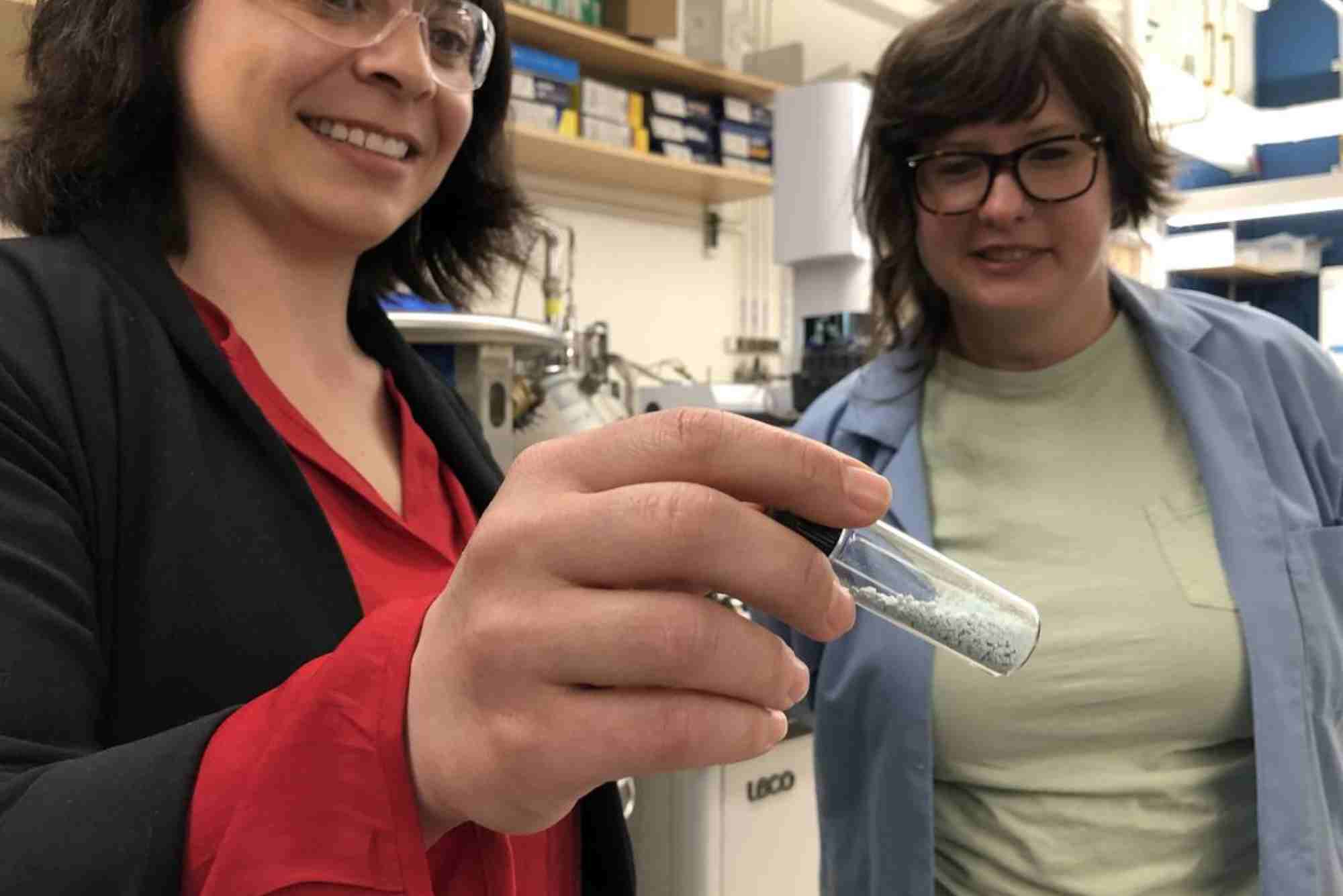Tech Consortium Releases Open Tools for National Methane Detection Networks
In a landmark move for environmental sustainability, a global tech consortium today announced the launch of a suite of open‑source tools designed to empower countries to build, operate, and scale national methane detection networks. This initiative promises to accelerate global efforts to monitor, respond to, and reduce methane emissions — one of the most potent greenhouse gases driving climate change.
Key Highlights
- Open-Source Methane Monitoring Toolkit: The consortium’s toolkit includes software modules, data models, and analytics pipelines that can integrate satellite, aerial, and ground-based methane sensors into cohesive national networks.
- Interoperable & Modular Design: Built on open standards, the tools support integration with diverse detection platforms — from drones and LIDAR systems to dual-comb spectrometers and in‑situ sensors.
- Real-Time Alerting and Response: The system includes real-time alerting capabilities, enabling operators and regulators to detect large methane plumes quickly and prioritize response and repair.
- Scalable Across Regions: Designed for flexibility, these tools can adapt to different geographies, climates, and infrastructure contexts — enabling deployment across both developed and emerging economies.
- Capacity Building & Transparency: By making these tools open, the consortium lowers the barrier for governments and research institutions to build their own methane monitoring capabilities, ensuring transparency and trust in national emissions data.
Why This Matters
Methane (CH₄) is a powerful greenhouse gas, with a global warming potential many times greater than carbon dioxide over a 20-year horizon. Addressing methane emissions is widely recognized as one of the fastest and most effective strategies for near-term climate mitigation.
Yet building national methane detection capacity has been historically challenging. Many countries lack the technical infrastructure to harmonize data from varying sensors, nor the analytical systems to turn raw sensor data into actionable insights. According to a report by national laboratories, there is “no central national repository of methane emissions data from in situ, airborne, and satellite sensor networks,” complicating efforts to assess emissions reliably.
The newly released open-source tools directly answer that gap — enabling nations to build integrated networks that combine diverse data sources, flag high-emission events, and trigger responses.
What the Toolkit Includes
Data Ingestion & Harmonization
The platform ingests methane data from satellites, aerial surveys, fixed towers, and mobile ground sensors. By normalizing this sensor data, the system produces unified, real-time methane concentration maps.
Analytics & Modeling
Built-in models apply wind, weather, and dispersion physics to estimate plume direction, emissions rate, and likely source. These models draw on validated science, including approaches used in national labs for super-emitter detection.
Alert & Notification Engine
When emissions exceed predefined thresholds, the platform can trigger alerts via SMS, email, or dashboards — enabling rapid response by regulatory agencies, oil and gas operators, or environmental teams.
Visualization & Reporting
A user-friendly interface shows spatial plots, time-series graphs, and trends over time. Reports can be customized for policymakers, industry stakeholders, and the public to support transparency.
APIs & Standards
All modules are built on open standards, supporting interoperability with widely used platforms such as the IOGP methane detection filtering tool.
Training & Capacity‑Building Resources
The consortium has also released documentation, user guides, and training modules to help governments and labs adopt the toolkit without reinventing the wheel.
Consortium Partners
The initiative is backed by a multi-institutional consortium of environmental organizations, technology firms, research labs, and governmental agencies. Key partners include:
- International climate science organizations
- Remote-sensing technology companies
- National metrology institutes supporting emission validation
- Open-data and software infrastructure communities
These stakeholders have worked together to ensure the toolkit is scientifically rigorous, practically deployable, and freely available under an open-source license.
Global Alignment & Impact
The release aligns closely with the goals of the International Methane Emissions Observatory (IMEO), run by the UN Environment Programme, which emphasizes open, reliable, and actionable methane data. IMEO’s Methane Alert and Response System (MARS) already uses satellite data and AI to notify governments of large emissions events. The consortium’s toolkit can integrate with platforms like MARS, amplifying global detection coverage.
Moreover, by enabling nations to build their own detection networks, the tools support the objectives of multilateral methane pledges and national commitments under frameworks such as the Global Methane Pledge.
Quotes fromLeadership
“Methane emissions pose one of the most urgent short-term threats to the climate,” said Dr. Amina Rahman, Lead Scientist for the consortium. “By democratizing the technology for detection and response, we give nations the power to act swiftly, transparently, and effectively.”
“This open-source platform bridges a long-standing divide,” added Carlos Moreno, Director of Policy Engagement. “It integrates cutting-edge detection tools and makes them accessible. No longer do countries have to build from scratch — they can plug into a tested system.”
Next Steps & Call to Action
Pilot Programs: The consortium is launching pilot deployments in five countries across different continents, focusing on both developed and low‑ and middle‑income nations.
Partnerships with Governments: Agencies are invited to adopt the toolkit, contribute data, and customize alert thresholds to local priorities.
Research & Innovation: Research institutions can build on the open codebase to develop new analytics, models, and visualization tools.
Capacity Building: Training sessions, workshops, and webinars will be held to onboard national teams to use and maintain the system.
About the Consortium
The Global Methane Monitoring Consortium (GMMC) brings together governments, NGOs, academic institutions, and technologists committed to reducing methane emissions. Our mission is to provide open, scalable, and scientifically validated tools that equip nations to detect, quantify, and respond to harmful methane emissions — driving global progress toward climate goals.
Further Information
- Learn more about the IOGP’s Methane Detection Technology Filtering Tool here IOGP
- Explore the UN Environment Programme’s Methane Alert and Response System (MARS) for global satellite-based detection UNEP – UN Environment Programme







